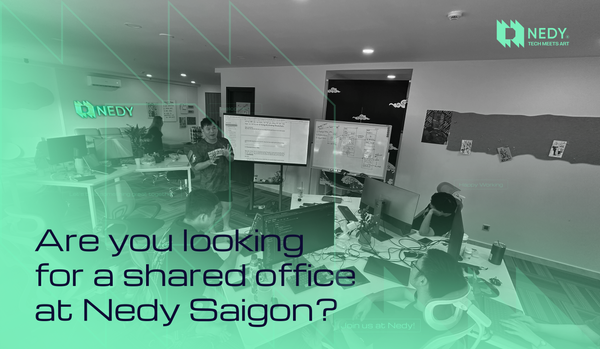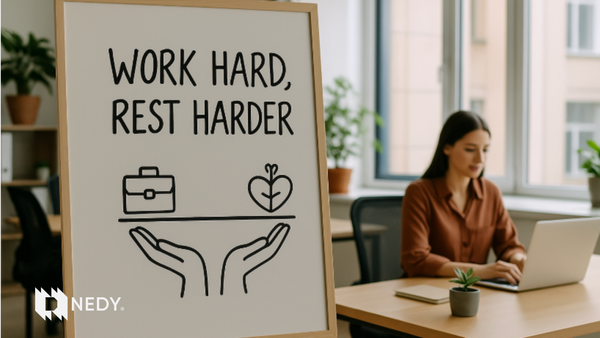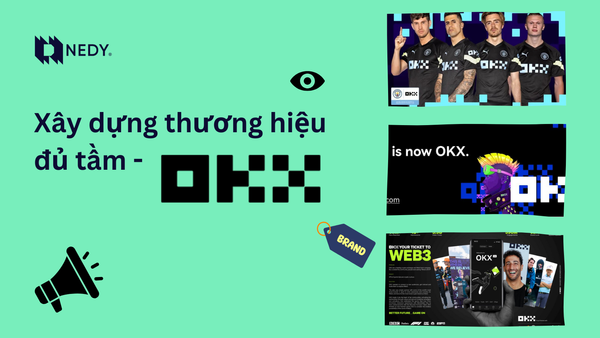A Deep Dive into Real-World Assets (RWAs)

[Vietnamese Summary Below]
The blockchain landscape is constantly evolving, and a significant development gaining traction is the tokenization of Real-World Assets (RWAs). This innovative process bridges the gap between traditional finance and decentralized finance (DeFi), promising to unlock new levels of liquidity and accessibility.
In this blog, we will explore the world of RWAs and their potential impact.
1. Introduction to RWA
Real-World Assets encompass a wide range of tangible and intangible assets that exist in the physical or traditional financial world. Think of things like real estate, commodities (gold, oil), fiat currencies, company stocks, bonds, art, and even intellectual property.
Tokenization transforms these assets into digital tokens on a blockchain, essentially creating a digital representation of their value and ownership. This allows for fractional ownership, easier trading, and increased transparency compared to traditional methods.
2. How To Tokenize Real-World Assets
The process of tokenizing an RWA involves several crucial steps:
- Asset Selection and Legal Framework: The first step is identifying the asset to be tokenized and navigating the relevant legal and regulatory landscape. This includes establishing clear ownership and ensuring compliance.
- Platform and Protocol Selection: Choosing the appropriate blockchain platform and tokenization protocol is vital. Factors like security, scalability, and interoperability are key considerations.
- Smart Contract Development: Smart contracts are the backbone of tokenized RWAs. These self-executing contracts define the rules for ownership, transfer, and any associated rights or obligations.
- Custody and Security: Ensuring the secure custody of the underlying real-world asset is paramount. This might involve trusted custodians or decentralized custody solutions depending on the asset type.
- Token Issuance: Once the groundwork is laid, the digital tokens representing the RWA are created and issued on the chosen blockchain.
- Offering and Trading: Finally, these tokens can be offered to investors and traded on various cryptocurrency exchanges or specialized platforms.
3. Benefits of Real-World Asset Tokenization
Tokenizing RWAs offers a compelling array of advantages:
- Increased Liquidity: Tokenization can break down large, illiquid assets into smaller, more easily tradable fractions, opening them up to a wider pool of investors and increasing market liquidity.
- Enhanced Accessibility: It democratizes investment opportunities, allowing individuals to invest in assets like real estate or fine art with smaller capital outlays than traditionally required.
- Improved Transparency: Blockchain technology provides a transparent and auditable record of ownership and transactions, reducing the potential for fraud and increasing trust.
- Greater Efficiency: Tokenization can streamline processes, reduce intermediaries, and lower transaction costs associated with traditional asset transfers.
- New Financial Instruments: It enables the creation of innovative financial products and services based on real-world assets, potentially leading to new forms of lending, borrowing, and derivatives.
4. Risks of RWA Tokenization
While the potential benefits are significant, it's crucial to acknowledge the inherent risks associated with RWA tokenization:
- Regulatory Uncertainty: The legal and regulatory frameworks surrounding tokenized RWAs are still evolving globally, creating potential uncertainties and compliance challenges.
- Custody and Security Risks: Ensuring the secure custody of the underlying physical asset and the digital tokens is critical. Loss or theft of either can have severe consequences.
- Valuation Challenges: Accurately valuing real-world assets for tokenization can be complex and may require specialized expertise.
- Smart Contract Vulnerabilities: Errors or vulnerabilities in the smart contracts governing the tokens can lead to financial losses.
- Market Volatility: The value of tokenized RWAs can be subject to market fluctuations, both in the underlying asset and the broader cryptocurrency market.
- Counterparty Risk: Depending on the setup, there might be counterparty risks associated with custodians or other involved entities.
5. RWA Projects in the Real World
The tokenization of RWAs is no longer just a theoretical concept. Several real-world projects are actively exploring and implementing this technology:
- Real Estate Tokenization: Platforms are emerging that allow investors to buy fractional ownership in properties through tokenized shares.
- Commodity Tokenization: Gold, silver, and other commodities are being tokenized, offering investors a digital way to gain exposure to these assets.
- Tokenized Treasury Bills and Bonds: Initiatives are underway to bring traditional financial instruments like government bonds onto the blockchain, increasing accessibility and efficiency.
- Supply Chain Finance: Tokenization is being explored to improve transparency and efficiency in supply chain financing by representing invoices and other assets as digital tokens.
- Art and Collectibles: High-value art and collectibles are being fractionalized through tokenization, allowing more people to invest in these unique assets.
6. Nedy and the Future of RWAs
At Nedy, we're deeply engaged in exploring the transformative potential of Real-World Assets (RWAs) and how tokenization can benefit our customers. Our dedicated research and development efforts are focused on building innovative solutions that leverage the power of blockchain to unlock new opportunities, enhance liquidity, and improve accessibility for a wide range of assets. We're excited about the future of RWAs and committed to delivering cutting-edge technologies that empower our clients in this evolving landscape.
7. Final thoughts
The tokenization of Real-World Assets represents a significant step towards a more integrated and accessible financial future. By bridging the gap between traditional and decentralized finance, RWAs have the potential to unlock vast amounts of value and create new opportunities for investors and businesses alike. While challenges and risks remain, the ongoing innovation and increasing adoption in this space suggest that RWAs will play an increasingly important role in the evolution of the blockchain ecosystem.
What real-world assets do you see as having the most exciting potential for tokenization and how do you think it could impact your business or investments? We'd love to hear your thoughts in the comments below!
#rwa #web3 #tokenization
[Vietnamese Summary]
Tài sản Thế giới Thực (RWAs) là các tài sản hữu hình và vô hình như bất động sản, vàng, trái phiếu, cổ phiếu, tác phẩm nghệ thuật,... được tồn tại trong thế giới truyền thống. Việc mã hóa RWAs thành token trên blockchain giúp chuyển giao quyền sở hữu dễ dàng, minh bạch và hiệu quả hơn, đồng thời mở ra cơ hội đầu tư với số vốn nhỏ. Quy trình mã hóa bao gồm: chọn tài sản, đảm bảo khung pháp lý, chọn nền tảng blockchain phù hợp, phát triển smart contract, đảm bảo lưu ký an toàn và phát hành token.
RWAs mang lại nhiều lợi ích: tăng thanh khoản, dễ tiếp cận, minh bạch, giảm chi phí giao dịch và mở ra các công cụ tài chính mới. Tuy nhiên, lĩnh vực này cũng đối mặt với rủi ro như thiếu khung pháp lý rõ ràng, rủi ro bảo mật, định giá khó khăn và biến động thị trường.
Nhiều dự án hiện đang ứng dụng token hóa RWAs vào bất động sản, hàng hóa, trái phiếu, chuỗi cung ứng và nghệ thuật. Nedy đang tích cực nghiên cứu lĩnh vực này để cung cấp các giải pháp đột phá, nhằm mở khóa tiềm năng to lớn từ RWAs và tạo cơ hội mới cho khách hàng trong tương lai tài chính phi tập trung.





